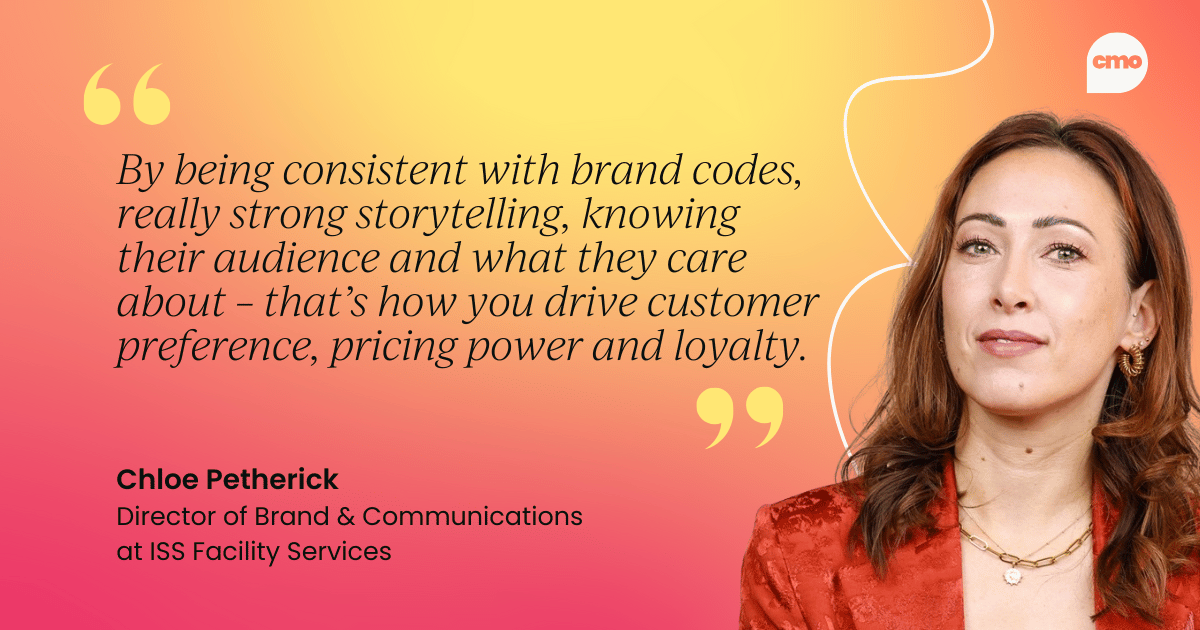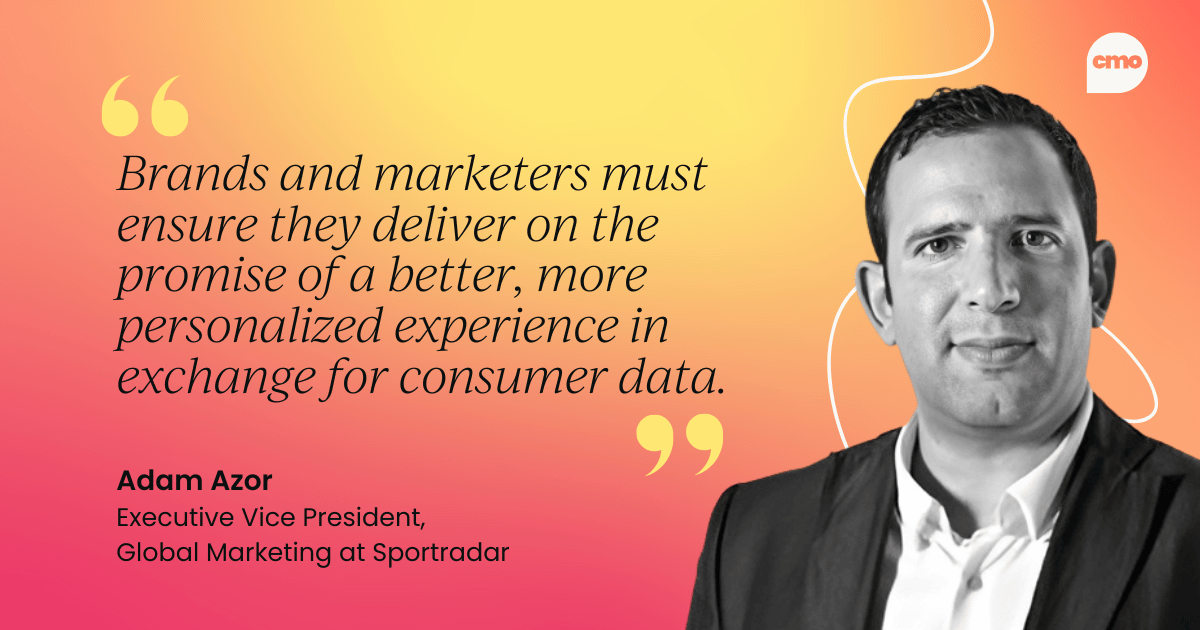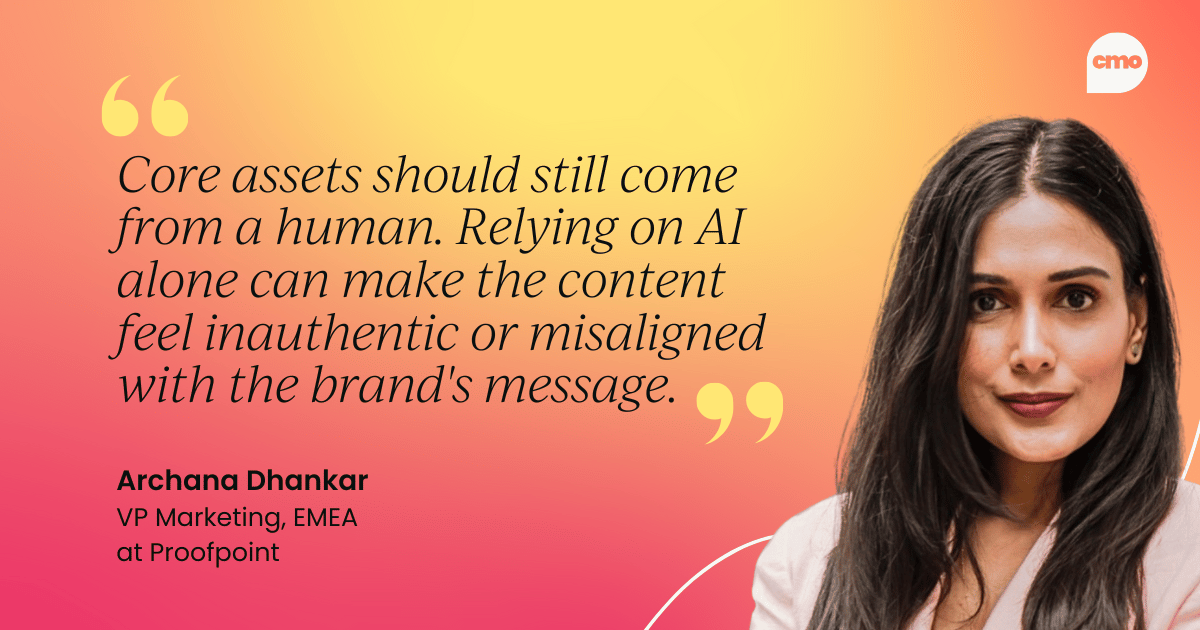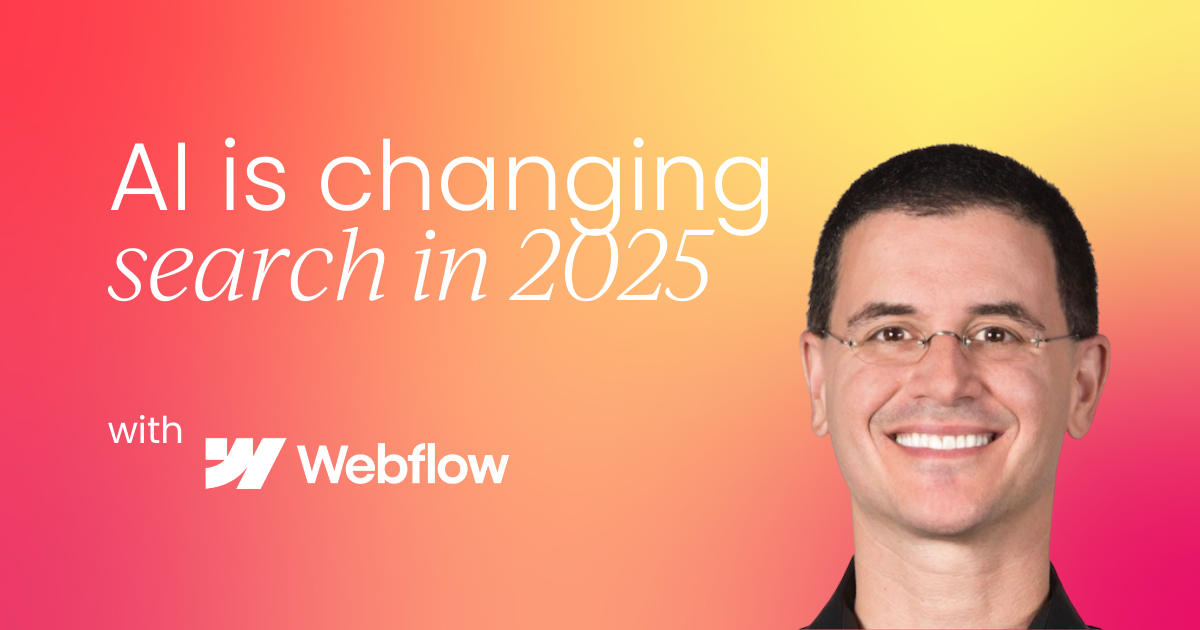How do you speak to a million customers with the same personalized attention as if you were talking one-on-one?
This question has been the biggest paradox of B2C marketing for decades, and finding an answer is all the more crucial as markets grow ever more competitive. The only way to stand out is through personal connection – but as your company scales, this intimacy grows harder to maintain.
That’s where personalization at scale comes in. The right practices and tools can help you maintain that one-to-one connection beyond just adding a first name to an email. In this guide, we’ll break down how data and automation can help you anticipate needs, recommend products, and build the genuine loyalty that’s key to driving engagement and revenue.
Understanding personalization at scale
Personalization is the practice of developing content and strategies that center on the customer. It lets them know that the company understands them and can provide what they need.
As tech and customer expectations evolve, personalization is becoming more and more necessary for brands. Research by McKinsey and Co. found that 76% of customers would get frustrated if companies didn’t deliver personalized interactions.
Large businesses targeting broader audiences must personalize customer interactions at scale and deliver positive experiences to build a loyal customer base and an engaged audience that translates into sales.
The benefits of scaling personalization for B2C audiences
Let’s break down the benefits of personalizing your marketing and sales efforts at scale.
Meeting customer expectations
Modern customers expect businesses to cater to their needs and create strong one-on-one connections, making personalization essential in marketing. Research shows that 72% of customers will only engage with a message if a brand has personalized it.
For example, companies can use AI to streamline marketing in a way that addresses user interests. As Archana Dhankar, VP of Marketing at Proofpoint, points out:
“You have a wealth of knowledge that can be trained to come out with product nuances and updates that are actually beneficial and that people really need.”

Finding ways to scale personalization to include all customers allows brands to meet audience expectations. Reaching them in this way makes it more likely that they will respond.
Strengthening customer engagement
Meeting customers’ expectations sets the stage for engaging with them. Personalized messages directly address people’s needs and desires, encouraging them to respond.
Engagement is critical in online algorithm-based social media platforms. The more people interact and respond to your marketing messages, the more likely the site will push your content to more users, expanding your audience.
Building and retaining customer loyalty
Personalization fosters emotional connection. When customers feel consistently understood, they are more likely to support a company and stay loyal for the long term.
Consistent personalization ensures every stage of the customer journey reinforces that connection. Repeatedly recognizing people’s needs and providing relevant information and suggestions encourages them to return, repurchase, and advocate for the brand.

“By being consistent with brand codes, really strong storytelling, knowing their audience and what they care about – that’s how you drive customer preference, pricing power and loyalty,” says Chloe Petherick, the Global Head of Brand and Communications at Unispace.
Improving conversion rates
Personalization directly influences purchasing decisions. A message that directly reflects a customer’s interests and needs has a higher chance of converting than a more generic offer.
For example, a customer who regularly shops for fabric or sewing supplies would be more likely to click on a product suggestion for a thread organizer than an ad for hiking boots.
If you apply this principle at scale, these individual experiences compound and lead to measurable improvements in click-through and conversion rates.
Boosting marketing ROI
Improvements in customer engagement, loyalty, and conversions translate directly into sales. When campaigns reach the right people with relevant content at the right time, your marketing budget becomes more effective and your return on investment increases. Personalization allows you to create more value from every campaign.
Key tools, tech, and tactics powering personalization at scale
While quality and engaging content are essential in effective marketing, scaling personalization requires tech and infrastructure. These tools can form the foundation of a scalable personalization strategy for B2C brands.
Answer engine optimization
Search behavior and algorithms are shifting from keywords to questions. After all, questions are more natural to human speech. Many consumers now rely on conversational tools, like Google’s AI Overviews and voice assistants, to look up information and find brands to buy from.
Answer engine optimization ensures your brand’s content stays relevant in these emerging environments. It helps you directly address user intent to position your company as the best answer for more high-intent questions.
When asked how marketers could best optimize their website for AI, Guy Yalif, Chief Evangelist at Webflow, says: “One is content, where broadly we should go from keywords, to answering questions, to personalization in our own content.”
Customer data platforms
A customer data platform is essential for supporting a scalable personalization strategy. It gathers information from multiple sources, like website activity, email interactions, and social channels, and consolidates it into a unified profile.
This organized database allows marketers to segment audiences more effectively and launch campaigns based on real-time information.
AI-powered recommendations
AI recommendation systems are a super-effective form of personalization. They analyze browsing patterns, context, and purchase history to suggest the most relevant products or content for each customer.
You see this every day on sites like Amazon or Netflix, which always suggest your next buy or watch based on how you interact with the platform. The more customers interact with your brand, the more data these engines process and the more precise they become.
“This awareness is not just about the technology but also about creating a meaningful exchange where consumers feel their data is used to enhance their experience meaningfully,” says Adam Azor, EVP of Global Marketing at Sportradar. “Brands and marketers must ensure they deliver on the promise of a better, more personalized experience in exchange for consumer data.”

Automation software
Automation keeps scalability sustainable. It executes your strategies based on collected customer insights, ensuring timely and relevant engagement at every stage. It amplifies your campaigns by handling repetitive tasks, allowing you to focus on strategy, creativity, and storytelling.
Best practices for B2C personalization at scale
With the right approach, you can use these best practices to launch compelling, customer-centric campaigns.
Understand your audience through quality data
Start by collecting clean, comprehensive customer data. Use multiple reliable sources – your customer data platform can help with that – to paint a full, accurate picture of your target audience’s needs and aspirations. Accurate and timely insights help you understand who your customers are and why they behave the way they do.
Segment your audience
Segmentation ensures you reach the right people with the right message. It’s essential to deliver relevance and personalization at scale. Aside from demographic segmentation, you can also explore behavioral and intent-based sections. You can start with broader groups and refine things over time with AI and machine learning tools.
Leverage user-specific context
Timing and context help further refine your personalization efforts. A good message that arrives at the wrong time can weaken your campaign and make it seem irrelevant. Use real-time contextual factors like device type, location, and time of day to make your suggestions more effective.
For example, you can promote sunscreen during sunny weather, or send push notifications when a customer is near one of your retail stores. This approach makes marketing feel more timely and considerate.
Test and refine
Personalization requires consistent effort. Customer preferences and market conditions change, and your marketing approach must reflect these shifts. What worked last year may not work today.
Make continuous refinement part of your workflow through A/B or multivariate testing, examining elements like subject lines, visuals, CTAs, communication timing, and channel performance. Measure the results across your audience segments and tweak your strategy accordingly.
Common challenges and considerations
While personalization and automation can bring significant advantages, it’s important to stay mindful of challenges and considerations to ensure your marketing strategies remain effective and compliant.
Privacy and compliance
Privacy is one of the main concerns surrounding modern personalization. Consumers want experiences tailored to their needs, but they also demand transparency and control.
Regulations like the General Data Protection Regulation (GDPR) or the California Consumer Privacy Act (CCPA) are strict about data use. Always secure consent and be transparent about information collection, usage, and storage.
AI and automation vs. the human touch
Overreliance on automation and AI can make marketing feel impersonal. According to Archana Dhankar, VP of Marketing at Proofpoint, “Core assets should still come from a human. Relying on AI alone can make the content feel inauthentic or misaligned with the brand's message.”

Maximizing marketing impact
Personalization is essential for B2C brands seeking meaningful engagement. Using high-quality data, AI tools, and strategic automation helps marketers deliver experiences and messages that resonate with each customer. Thoughtful and consistent personalization can strengthen loyalty and build trust, which are essential to long-term success.






.png)









 Follow us on LinkedIn
Follow us on LinkedIn




